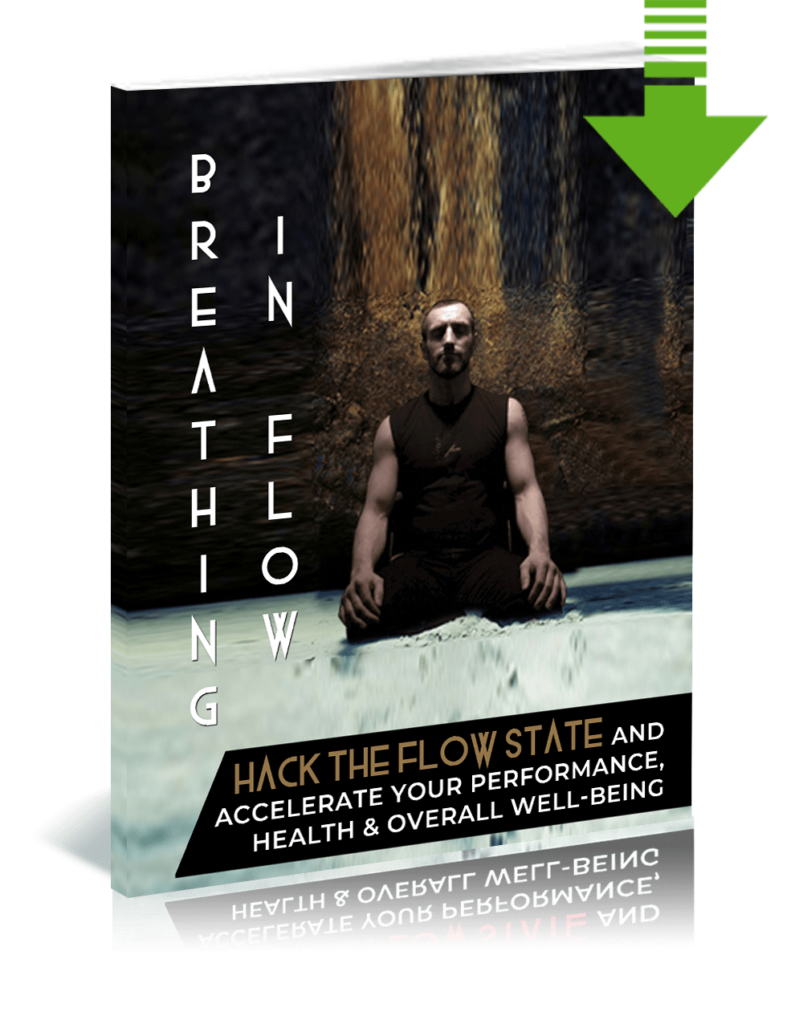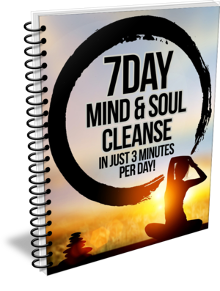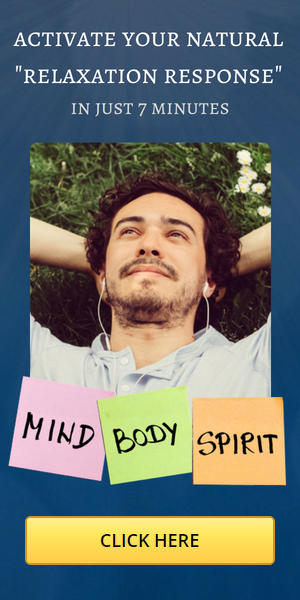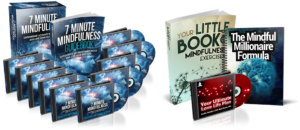Restlessness when sleeping
Do you feel restlessness when sleeping, without any specific reason? Are you anxious of thinking deeply about something that you cannot control? Don’t know why it is happening or are you looking for a tried and tested restlessness cure? No matter what your exact symptoms are, you can rest assured that you are not alone and there are people who have overcome their restlessness and similar issues by using natural methods such as relaxation, meditation and various yoga techniques. Also, there are many cases which require medical intervention. Let’s have a look at a few basic facts about general restlessness and RLS or restless leg syndrome.
Cannot sleep due to restlessness?
Do you find it difficult to sleep properly despite working very hard throughout the day? While insomnia or inability to sleep is one of the reasons of restlessness when sleeping, there are various other symptoms that can help you identify your issue. If you want to move constantly or your legs or arms get cramps while at rest, then read on. You cannot calm your mind or cannot stop thinking about something unpleasant, triggering more restless and anxiety. You may also feel the combination of both physical and mental restlessness.
Here are some common symptoms of restlessness
- Inability to focus on anything
- Unable to manage your time
- Unconscious or conscious leg movement
- Foot or hand tapping
- Cramps in arms or legs, when at rest
- Unnecessary palpitations
- Inability to sleep or insomnia
- Frequent distraction at work for no specific reason
Are restlessness and anxiety related
It goes without saying that when you are anxious about anything, your mind is working extra hard to reach a conclusion about the issue you are thinking. As it seems to be impossible, you become even more anxious, and it becomes visible in your behaviour, physical sensation and emotions. You can get annoyed at the slightest of provocation or even without any valid reason. Negative emotions will be more dominant and visible than positive ones, and you may feel that you are completely alright. Others can quickly identify your disorder and suggest a visit to your physician.
Positive or negative restlessness
On the other hand, restlessness is not always negative in nature. You can also be restless or over-excited to do or achieve something. Though it is true that most often restless is related to anxiety, which is negative in nature and is a kind of psychological disorder, it is not always the case. Positive restlessness is often visible in teenagers or adolescents, trying to experience something for the first time. From academic achievements and excellence in sports to first job interview or excitement of owning your first car, anything can be the reason for restlessness. We’ll focus on restlessness that needs treatment or attention.
Causes of restlessness
- Excessive use of caffeine in any form such as coffee or carbonated drinks
- Certain types of medication
- Sudden changes in medication
- Psychiatric disorders such as ADHD, or schizophrenia
- Certain neurological issues can also cause restlessness
How to identify restless leg syndrome
Do you find it difficult to sit for long duration or do you move your legs unconsciously while sitting? Yes, you will not notice it because it happens unconsciously. If others have noticed your tapping feet or unnecessary leg movements, then consider taking action about it. You may be suffering from restless leg syndrome. Physicians and therapists take unique approaches to treat different patients depending on their exact health conditions and overall medical history.
Quick tips to IDENTIFY RLS or restless leg syndrome
- Throbbing sensation in legs
- Feeling of pins and needles in feet quite frequently
- Painful cramping in calves
- Burning or tingling sensation in legs
Moving the legs usually relieves the symptoms temporarily, but if it becomes frequent or worsens, then get medical help. You can also try a few yogic methods that work wonders for many people. However, yoga in general, requires discipline and regularity to give you any significant result. Just check what suits you the best.
Restless cure
There are various methods and home remedies to handle and minimise restlessness. If you believe that your problem is more of psychological in nature, then simply focusing on one task at a time can prove to be highly effective. Do not over-commit if you cannot deliver something within a certain time frame. In fact, under-commitment and over-delivering is the best possible way to control restlessness as you work within your limited resources without getting anxious about what if you’d not be able to deliver on time.
Restless leg cure
- Mustard oil massage on both the legs, especially on calves
- Soak your legs in warm water regularly
- Cool and hot packs alternatively
- Hamstring exercise also helps in some cases of RLS
- Limit your caffeine intake
Identify your RLS triggers
Sitting for long duration is the most common trigger for RLS syndrome. However, there are a few other triggers as well. Have you noticed that when you consume caffeine or alcohol, your RLS aggravates. If you are on some kind of medication or special diet, then try to notice if you get restless leg after that medication. If that is the case, then consult your physician about the issue and try to get your medication changed, if possible. Alternatively, you can also give yoga a try for relief. If you can pinpoint the exact triggers that aggravate your situation, then you can manage your health more effectively.
Yoga for restless leg
A lot has been covered in our previous posts about various yogic postures and exercises that help people suffering from leg pain and cramps. Some of them are useful for restless leg syndrome as well. For example, one posture or Asansa I never forget to mention about is Pashchimottanasana or complete posterior stretch. This is essentially a forward bend pose in which the arms and legs remain parallel to the ground. The practitioner clasps his/her toes, and tries to touch the knees with his/her nose whilst ensuring that their knees don’t bend. This simple, but not easy asana is highly beneficial for not just restless leg syndrome, but also for back pain, spinal issues, digestive disorders, cardiac health and obesity. If you have any of these issues, then start practising pashchimottansana gradually. What I mean by gradually is that you must not force yourself hard to attain the perfect posture. Try to bend forward slightly more than the previous day so that your backbone becomes flexible enough for the position. You will notice a remarkable difference in your overall health if you can do this asana every day.
Second important and effective yoga postures for restless leg is a kind of standing version of the same pose, called Uttansana or standing forward pose. However, I must say that you won’t be able to do this Asana unless you are able do Pashchimottansana first.
Child’s pose (Balasana), Janu Sirasana and many other leg stretching postures are beneficial for leg pain, cramps or restless leg issues.
Harnessing the power of deep breathing to cure restlessness
Breathing happens so naturally and effortlessly that we often underestimate its power. In fact, I will not be exaggerating if I say that we hardly breath deeply, which is so powerful that many health issues can be controlled or cured by it. Simply deep breathing in the morning hours (preferably before sunrise and in natural environment such as parks, lake side or any open area with greenery) can remarkably improve your restlessness, and calm your mind. However, regularity is the key here. You cannot expect magical effects after a few days. Just start deep breathing regularly for a month or so, and see the results.
Meditation to control restlessness
With deep breathing, develops the power of meditation, which is essentially about training your mind for higher awareness, better focus and deep introspection about your inner self without cutting off from your current environment. At places of worship, no matter what faith or religion you belong to, you find an object, thought or word to focus on. The basic idea behind rituals or methods of worship is to train your mind to focus on your object/ idea of faith (God) so that you can discover your inner self and remain at peace for a few minutes that you spend there. If you worship everyday in any form, all you need to do is spend some more time and try to empty your mind from all thoughts, which is nothing but a meditative state. This simple practice can calm your mind and relieve your restlessness. If you want to learn how to mediate for better effects, then consider learning the art of breathing first. Get a copy of Breathing In Flow, displayed below.

Relaxation for 20 minutes every day
There are various relaxation techniques to suit your personality type and preferences. However, what I suggest is a highly effective method for everybody. This is called Savasana or corpse pose. Though it seems to be simple, it is not easy. You must learn how to achieve complete relaxation without falling asleep, which is not possible for beginners. Here is how you should do Savasana.
- Place a soft yoga mat on the ground
Lie flat in the middle of the mat without using any pillow
- Keep your hands on either side slightly away from your body and palms facing up
- Feel every breath while inhaling and exhaling slowly
- Feel that your lungs are expanding and contracting as you inhale and exhale
Let every part of your body feel relaxed starting from the toe to head
- Do not let any other thought come to your mind, just focus on your breathing while keeping your whole body completely relaxed
- Do not sleep as you are supposed to remain awake to feel the relaxation
After 30-45 minutes, your body and mind will be completely relaxed. Do not worry if your thoughts start wandering or you start feeling sleepy as you learn the techniques of Savasana gradually. After practising for a week or so, you’ll notice the difference.
Initial difficulties in performing savasana
Unless you are pregnant or have some severe backbone related issue that restricts you from lying flat of your back, it should not be difficult for you to perform Savansa. Pregnant ladies can put some soft pillow under their head or use something else for comfort. The idea is to completely loosen your muscles, joints and all stiff parts of your body so that you can relax completely. If lying flat is causing some discomfort, then hold off on this posture or asana until you get your discomfort issue cured. Those with backbone related issues must consult their physician before trying this posture.
Similarly, if you have discomfort in straightening your knees, then you can put a folded blanket under your knees for support. However, gradually your hamstring will be stretched fully and you’ll feel comfortable even without any support.
7 Benefits of Savasana
- Relaxes your body completely
- Calms your mind
- Help you achieve a meditative state (after some practice)
- Serves dual purpose, relaxation and meditation
- Highly effective in reducing blood pressure and anxiety
- Helps in managing insomnia
- Stimulates and balances blood circulation
Savasana is recommended after all types of yoga sessions. This will relax your body and prepare you for the day with a calm mind and energised body. If you prefer to do this asana in the evening, then you will notice the effect in the form of sound sleep and complete freshness when you wake up next morning. Please note that you do not have to sleep in this posture. This can be practised in the evening hours before dinner. There must be a gap of some 2 hours between the end of your Savasana session and your bedtime.
Last but not the least, I’d like to mention my personal views about restlessness. If you can control your mind, whether by practising meditation, relaxation or any other technique, you can manage restlessness effectively. Medical attention is required only when the symptoms are very severe and you have already tried all possible natural methods of curing restlessness. Also, it is always advisable to seek expert advice if you are on medication or have any special health condition.
You may also be interested in
Flexibility exercise for seniors
Japanese diet




